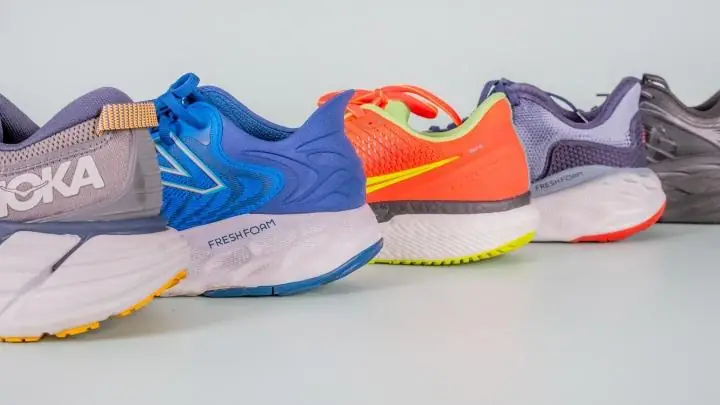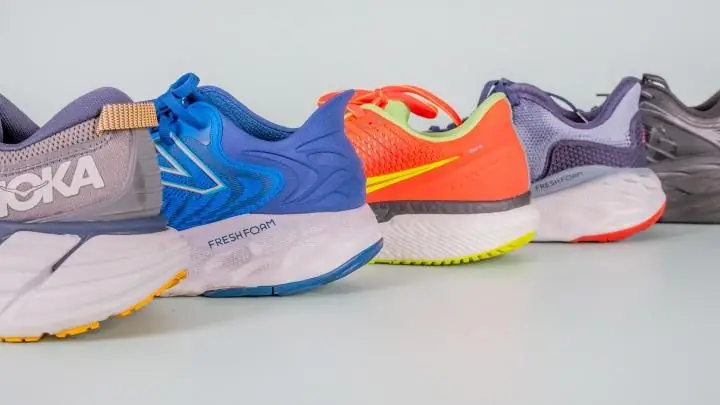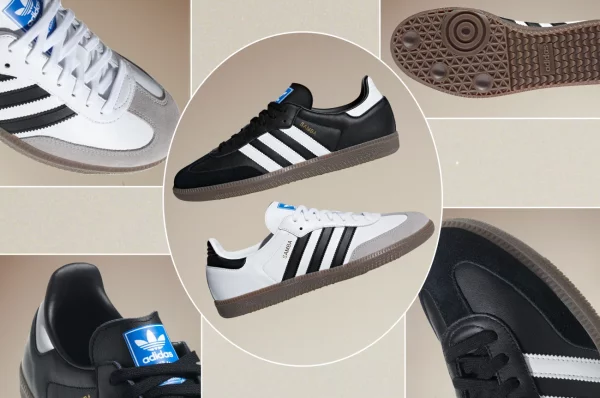Guide: Soft vs. Firm Running Shoes
Why softer isn’t always better? Which shoes become firm in cold weather? Which midsole hardness can help reduce running injury risk?
We’ve summarized 20+ hours of research, database analysis and scientific articles into this guide to offer a comprehensive insight into the importance of midsole hardness in running shoes.
The forces on your body will be different if you jump on a mattress compared to jumping on concrete. The deformation of the surface determines the force of the impact. This is why softer shoes reduce the load on the body while running. But, they also make legs use more muscle energy to create propulsion. There are 2 ways to avoid this:
- Don’t go too soft
- Find softer shoes that are responsive.

Soft vs. cushioned vs. padded
When talking about soft (plush) shoes, it’s important to know they can but don’t have to be cushioned or padded.
It’s important to differentiate these terms:
- Padded: shoes have noticeable padding placed usually on the tongue, heel collar, overall upper.

- Cushioned: it means that it’s high-stacked, there’s a lot of midsole and the shoe is usually high off the ground. These shoes usually are soft but also have a high stack height.

- Soft: it means your feet can sink into the shoe, the midsole compresses when pressure is applied. Here’s a comparison in landing: almost no midsole compressing in a firm running shoe (left), while the soft one (right) compresses a lot, especially at the forefoot, where our tester is landing.




